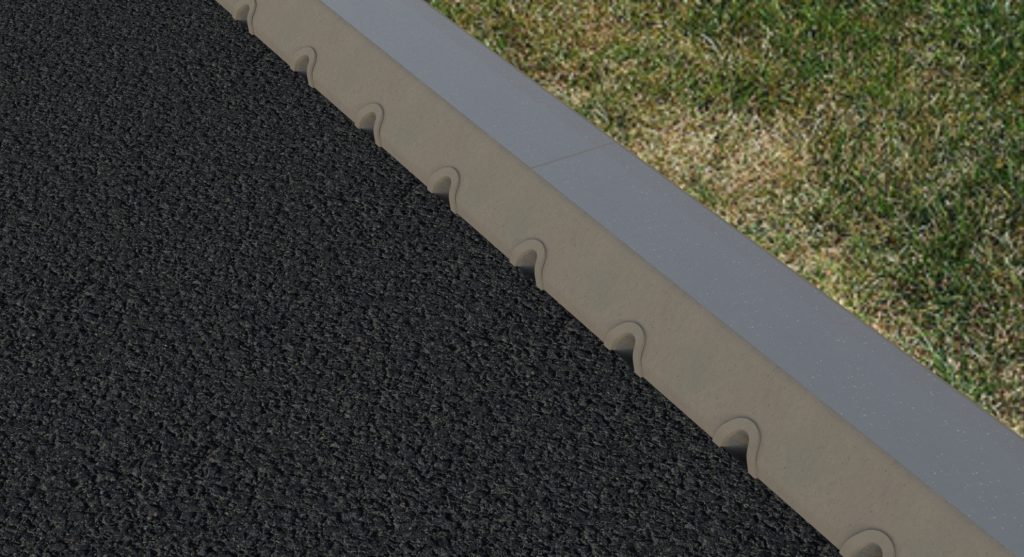- Blog
Kerb and Drainage System
The benefits of Lighter kerbs and kerb drainage cannot be overstated in mitigating Musculoskeletal distresses (MSDs) associated with repeated manual handling and highway runoff pollution. Learn more about LT kerb and LT kerbdrain in this section.
Kerbs play an important part in the functionality of road systems. Apart from deliniating the carriageway, kerbs also play an important drainage role of channelising flow, they are important for traffic safety and have an important aesthetic function. The current kerbs have several shortcomings;
Shortcomings of current kerb products?
Several factors led to come up with LT Kerb :
Bulky Products:
Having worked in the industry for close to two decades, I was concerned by extent of Musculoskeletal distresses (MSDs) associated with repeated manual handling of heavy kerb and kerb drainage units. A standard Kerb unit is approximately 67kgs and drainage kerbs are even heavier. My goal was to come up with a simple practical solution that would protects against MSDs and enhance current practices
Eliminate Musculoskeletal distresses (MSDs) associated with repeated manual handling of heavy kerb and kerb drainage unit: HSE has recommended total elimination of the need for manual handling as the most effective way of reducing MSDs. Lighter Kerb options have been introduced like the polymeric kerbs which weighs less than 10 kgs but they lack the robustness of concrete. This kerbs are also vulnerable to total melting off during accidental highway fires leaving no kerbs at all.
Need for speedy installation: Current kerbs are laid in meter lengths and jointed to form a kerb string. There are advantages in having longer units Light as it vastly increases installation speeds.
Need to avoid leakage in joints for kerbdrains: Pollutants associated with road drainage effluent (zinc and copper) are also now better understood and there are products out there such as Naylor Smart sponge introduced to address this. Leakage in between butted kerb drainage units exacerbates the problem. Kerb Drains are installed by butting the edgesto each other to form a kerb drain string. You wouldn’t join pipes by butting edges together but we butt drainage kerb units with the risk of leaky joints.
What is a an ideal kERB/KERB DRAIN?
An ideal kerb or kerb drain is one that:
Light:One that is light enough to be handled by one man.
Long Lengths: One that can be manufactured and laid in longer lengths to increasing laying speed.
- Continously plumbed (kerb drain): One that can be continuously plumbed or conduits joined like drainage pipes to eliminate risk of leakage
- Strength: One that has strengths equivalent to current concrete kerb or drainage kerb
- Restraint: One that retains its restraint or drainage function after accidental high temperature vehicle fires

Does an ideal kerb and kerb drain system exist?
In the next blog, we will introduce LT Kerb and LT Kerbdrain and you can make the call.